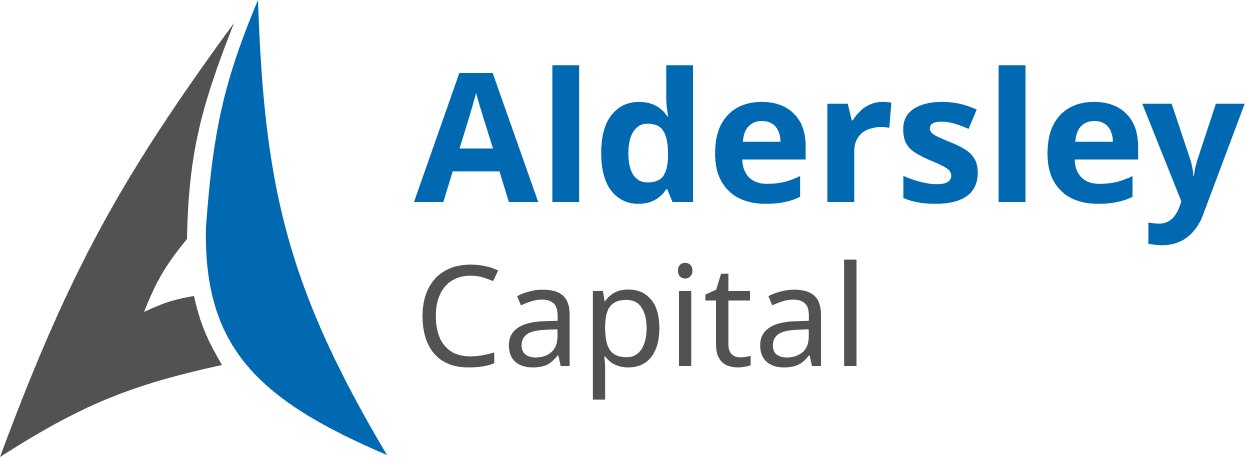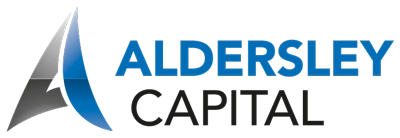Safety and certainty revisited
“Money is something you have to make in case you don’t die” Max Asnas.
Safety is as much a part of the human condition as our need for things like food, shelter and friendship, according to Maslow’s hierarchy of needs. So when it comes to you making big, scary decisions about retirement funding there is a natural desire to seek certainty in the choices that are ahead of you. It’s similar to contemplating the pros and cons of two competing job opportunities or whether to renovate an existing home or purchase a new one. It’s the feeling of being overwhelmed by the magnitude of the choice. In the absence of facts or experience our emotion of fear of the unknown is triggered and can rule our decision making.
Anyone facing retirement quite understandably can fear what lies ahead and experience emotions connected with loss of control.
Some of the biggest fears driving decisions could be framed as three simple questions:
1. how can you protect your capital from running out?;
2. how can you derive income to maintain a comfortable lifestyle?; and
3. how can you maintain control and flexibility to adapt through changes?
Wanting to protect your capital makes a lot of sense. In the world of finance, the act of preserving capital is called capital protection and the risk associated with the fear of outliving your capital is called longevity risk. There are many possibilities that can play into this fear, such as the amount of retirement capital you have at retirement, your spending habits, the current state of investment markets and the level of investment risk you are prepared to take with your capital.
These two major driving forces of capital protection and longevity risk can lead retirees down a variety of different paths. Such as, the desire for capital protection could see one retiree deciding to invest in less riskier investments like term deposits and cash and opt to budget, limit future capital expenditure and live a frugal lifestyle with some capital depletion. Another retiree may instead focus on combatting longevity risk so allocates capital to higher risk assets like shares and property with the expectation that capital growth will stretch out the years of being a self-funded retiree.
Tackling longevity risk and capital protection isn’t just solved by seeking advice about the diversification of shares, property, term deposits or cash that best suits your needs. Most retirees are coming from a world of income consistency into a world of potential income inconsistency. If you buy shares on the Australian Stock Exchange, which pay some of the highest incomes from all the asset classes, they generally pay dividends around twice a year.
Just how much each dividend will be is only made public 3-4 weeks before it is paid. So even though the shareholder could achieve a high income, this approach still does not totally address income uncertainty. And for those holding their investment in cash, the changes in interest rates can either be welcome news or the signal to tighten the lifestyle budget.
There is often a retiree preference for dividends over capital growth because of the uncertainty associated with capital growth. It fundamentally makes sense to prefer a known outcome and forgoe the possibility of the price of an asset appreciating. In reality, about one-third of returns from a typical portfolio come from dividends, the rest from capital growth. The reason the dividend component is so high is because dividends rarely get cut, whereas capital gains come and go on a daily basis, oscillating upwards over time. The companies that have relatively high dividend yields often do so for historical reasons. The risk is the dividend eventually gets cut, and the company’s share price is also declining.
For the best part of three decades, it was possible to simply buy some bank shares and passively hold on. The banks in Australia are a protected species, and the eighties till about 2007 were golden years for them. That strategy has greatly underperformed in the past decade.
The amount of decisions a retiree could be making during this time are numerous – do we ease our way into retirement? how do we invest our money? what income do we need for our lifestyle? do we use this recommended financial product? do we downsize? how often do we holiday?
There are many points of stress and fear-invoking elements at play here, so it is understandable to bury your head in the sand and not worry about longevity risk, capital protection, taking on investment risk, income uncertainty, and potential loss of control.
Our role has evolved from merely targeting specific investment returns to meeting a client’s needs via a sophisticated product design.
Aldersley DirectPortfolios has very low transaction costs because everything is held in one H.I.N. even though everything is separately accounted for. We are able to liquidate a tiny fraction of each security rather than raise funds by selling out of one security in total. What investors want is not really “income”, but a reliable regular amount of money to meet their expenses.
So to avoid a reliance on dividends or interest we instead ask you to nominate a regular amount of your choosing. You don’t need to keep a record of this because it is a non-taxable income stream. All dividends, interest and capital gains are dealt with annually in a tax report. So this allows you to draw an “income stream” from a growth portfolio.
This is fine for retirees if you are drawing only a small percentage, or have access to other funding. However, it is probably imprudent to have all your retirement money invested in a volatile growth portfolio from which you are obliged to draw your only income stream. In such circumstances it is better to adopt a “bucket” approach and have about 18-24 months of income equivalent capital in a less volatile portfolio, as volatility is the enemy of those in capital drawdown mode.
While for most people with a time horizon of over 7 years, a growth style equity portfolio would provide the best financial outcome, that’ to no avail if you cannot live with the volatility of the returns in the short term and pull out. Some people will prefer a lower but less volatile return over time, and only possibly regret the decision with hindsight. .
So to cater for both types we also give you a choice on how your portfolio(s) is managed, through the choice of models.

